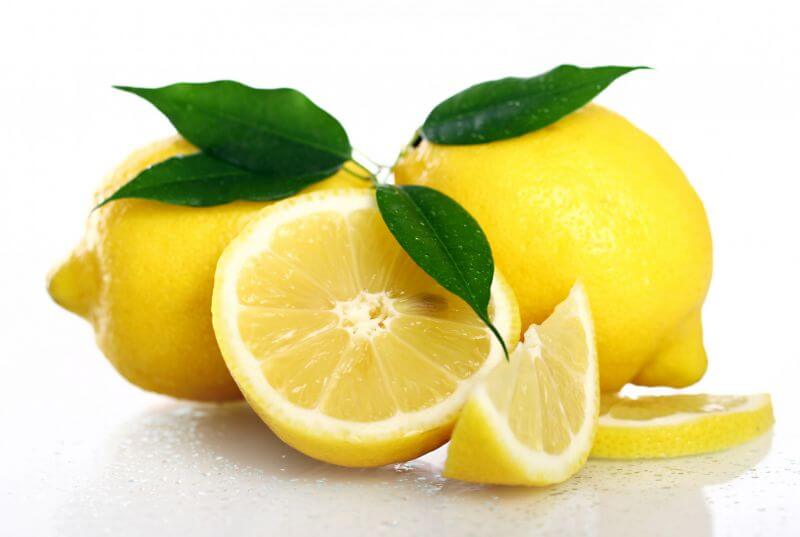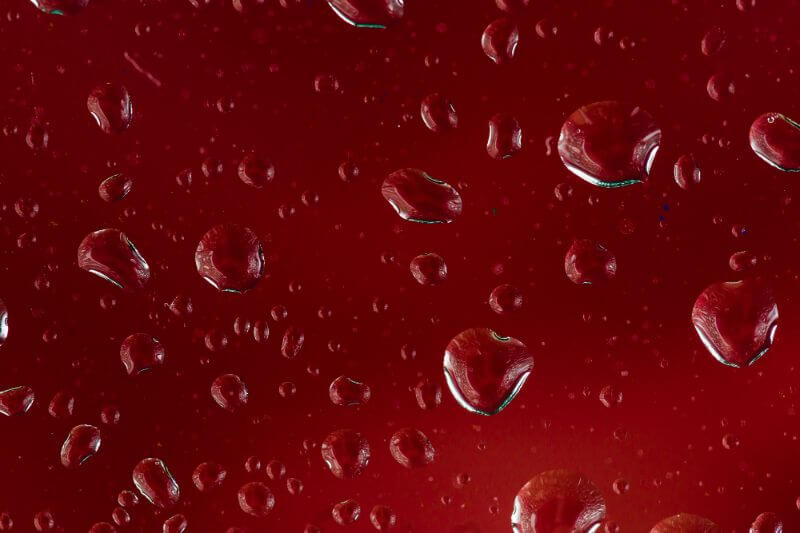The colorful haven of candy aisles might seem an unlikely stage for drama, but one of its sweetest stars faced a shocking twist: a jelly bean shortage. Imagine shelves usually bursting with vibrant hues reduced to a melancholy smattering, the signature “clatter-clatter” of jelly bean avalanches replaced by an unsettling hush.
It wasn’t a sugar meltdown, nor a bean uprising – the culprit was a global starch shortage, a ripple effect from the war in Ukraine disrupting wheat supplies. Pectin, a starch-derived ingredient crucial for that perfect jelly bean chew, became as scarce as a golden snitch in a Muggle market.
Is There A Jelly Bean Shortage?
The humble jelly bean is a small, bean-shaped sugar candy, soft in the middle, with a gel-like texture and a hard outer shell. They are available in an array of colors and flavors, from the classic fruit mix to the more adventurous like popcorn or jalapeno.
Jelly beans have a rich history dating back to the 19th century and have been a part of many childhood memories, Easter hunts, and even space journeys! Yes, jelly beans have even made it to space, thanks to President Reagan, a self-proclaimed jelly bean aficionado.
Is There A Jelly Bean Shortage?
Lately, there has been a jelly bean shortage. Many candy enthusiasts have reported difficulty finding their favorite jelly bean flavors in stores. Suppliers seem to be running out of stock faster than they can replenish.
The shortage is real, and it’s not a hoax. The availability of these colorful treats has indeed been dwindling, causing concern among consumers and raising questions about the cause.

Reason For The Shortage
The jelly bean shortage can be attributed to a combination of factors. Firstly, the COVID-19 pandemic has disrupted the global supply chain, affecting the production and distribution of various goods, including jelly beans. Operational restrictions, labor shortages, and logistical challenges have contributed to this deficit.
Secondly, the increase in demand for comfort food, including candies, during the lockdown period, has led to the rapid depletion of jelly bean stocks. With people seeking solace in familiar, comforting treats, the demand for jelly beans has skyrocketed.
Lastly, the cost and scarcity of raw materials like sugar and flavoring agents have also played a role. Extreme weather conditions, affecting crop yield, and inflation have led to increased production costs, contributing to the shortage.
Related Article:
Alternative For Jelly Bean
1. Gummy Bears
One of the most popular alternatives to jelly beans is gummy bears. These chewy, fruity candies come in various flavors, just like jelly beans, and can be found in both sweet and sour varieties. They are a delicious and satisfying substitute that can help fill the void left by the jelly bean shortage.
2. Skittles
Another excellent alternative to jelly beans is Skittles. These colorful, bite-sized candies have a similar size and texture to jelly beans, with a sweet, fruity taste that will satisfy your cravings. Available in numerous flavor assortments, Skittles provides a delightful variety to keep your taste buds entertained during the jelly bean scarcity.
3. Fruit Chews
If you’re a fan of the fruity, chewy texture of jelly beans, fruit chews are an ideal substitute. These individually wrapped candies come in a range of flavors, from tropical fruits to classic favorites. They provide a satisfying, long-lasting chew that can help you forget about the jelly bean shortage for a while.
Impact On Customers
The jelly bean shortage has left many consumers in a state of disappointment. The vibrant, sweet treats are no longer readily available, throwing off holiday traditions, party plans, and simple indulgences. With a minimum of 300 distinct flavors, jelly beans cater to a variety of taste preferences, making their absence more noticeable.
The shortage has also resulted in a spike in prices, making the few remaining jelly beans more expensive. This has hit the pockets of consumers, especially those who regularly purchase these treats for personal consumption or gifting. In response, many have started exploring alternative sweets, hoping to find an equally satisfying substitute.
Moreover, the shortage has disrupted the operations of businesses that rely heavily on jelly beans, such as candy stores and bakeries. These establishments have had to adapt and innovate, often at a significant cost, to sustain their operations during this challenging period.
How Are Jelly Beans Made?
This intricate process starts with making the jelly center. Sugar, corn syrup, and starch are heated and mixed and then poured into bean-shaped molds. Once hardened, these “beans” are then sent to a panning machine where they are coated with additional layers of sugar. This process, which can last up to a week, creates the beans’ hard outer shell. Finally, the beans are polished and coated with a thin layer of wax for that shiny appearance we all know and love.
The flavoring process is what sets jelly beans apart. Each bean is infused with a specific flavor, from the classic cherry and lemon to the more exotic like buttered popcorn or jalapeño. The flavoring process is a closely guarded secret among manufacturers, contributing to the unique taste of each brand’s jelly beans.
Conclusion
In conclusion, the jelly bean apocalypse may have sparked some nostalgic panic, but fear not, sugar fiends! While a global starch shortage caused temporary tremors in the candy world, thankfully, the tremors have subsided.
Pectin-based beauties and classic Brach’s beauties are back on shelves, ready to bring sugary rainbows to your taste buds. So relax, ditch the stockpiling plans, and grab a handful of your favorites – the sweet saga of jelly beans continues!
FAQs – Bean Jelly Shortage
Which Jelly Beans Are Most Affected?
Certain flavors and brands might be harder to find due to varying production capabilities and demand. Rare flavors or specialty brands might be hit harder.
Are Prices Going up?
Unfortunately, yes. Increased production costs and limited availability could lead to higher prices on store shelves.
Will The Shortage Last Forever?
While it’s hard to predict the future, experts believe the shortage is temporary. Manufacturers are adjusting production and supply chains, and the situation should improve gradually.
Is The Jelly Bean Shortage A Sign Of The End Times?
Let’s not jump to conclusions! It’s just a temporary candy blip. Take a deep breath, and maybe try a new flavor while you wait for your favorites to return.
Will We Ever Look At A Jelly Bean The Same Way Again?
Maybe yes, maybe no. But let’s hope this temporary shortage reminds us to appreciate the simple joys of colorful, candy-coated sweetness.




